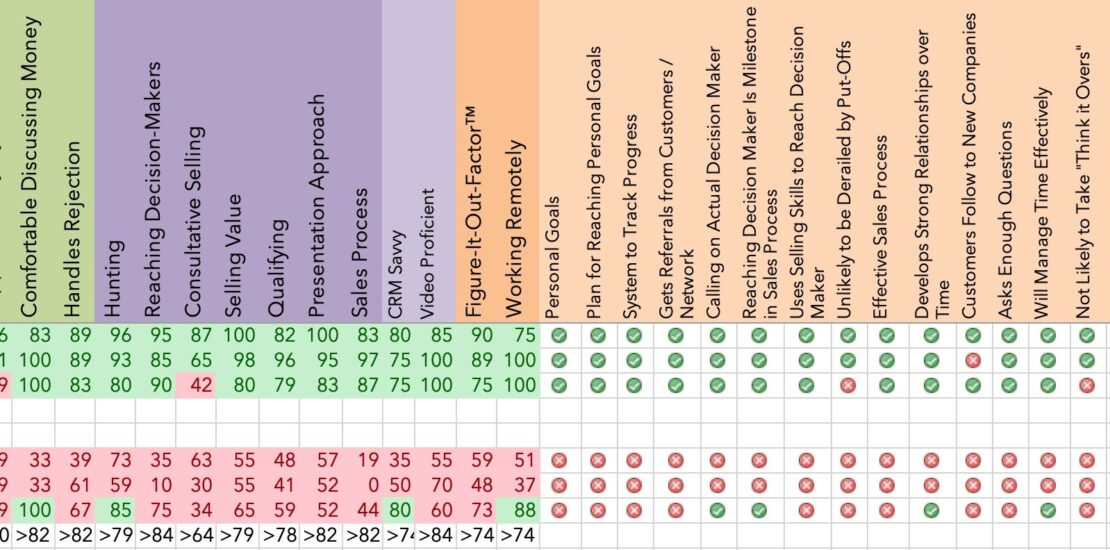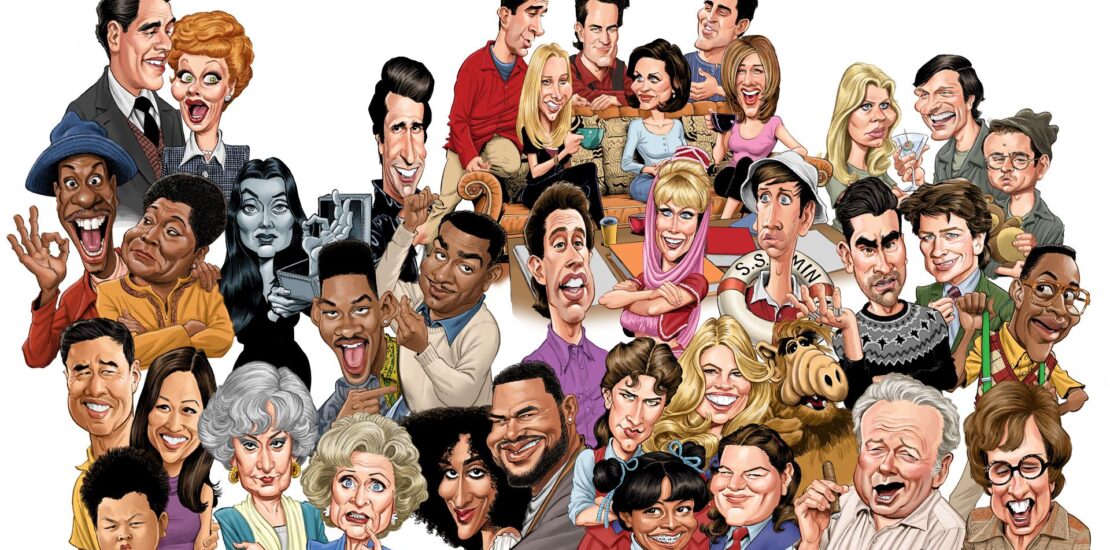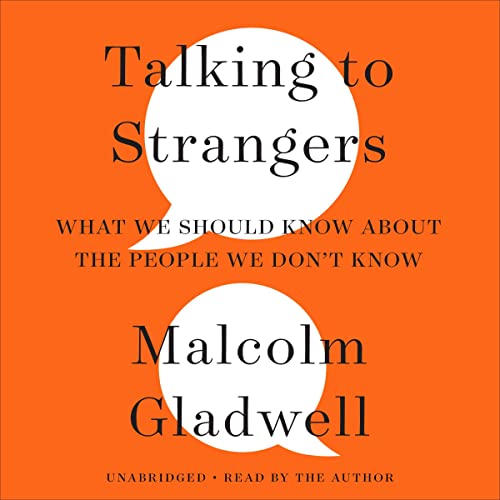sales assessments
-
250 Best Articles on Sales and Sales Leadership by Category
- April 4, 2024
- Posted by: Dave Kurlan
- Category: Understanding the Sales Force

These are the top 10 articles in 25 categories on sales, sales leadership, sales assessments, sales performance, sales excellence, sales process and more.
-
New Data: Top Salespeople are 7562% Better at Winning RFPs
- March 13, 2024
- Posted by: Dave Kurlan
- Category: Understanding the Sales Force

RFPs aren’t going away, and there are two ways that salespeople can approach them, the companies that write them, and the people associated with them:
Passively – in this capacity, they are nothing more than facilitators, waiting for an RFP to drop in their inbox, so they can get it off to the folks who write the proposals. When complete, they email the proposal back to procurement and hope to win.
Proactively – in this capacity, they regularly meet and develop relationships with the appropriate CxO’s and Sr VP’s of manufacturing, engineering, design, IT, IS, Finance, Marketing, HR, R&D, Operations, Facilities, Fulfillment, Distribution, Sales, Learning and Development, Enablement, and any other organizational head they might possibly sell to. They become a resource, an asset, a partner and not only help to write the specifications of the next RFP, but write the specs in such a way that they are the only company that can win the business.It seems obvious, doesn’t it? Option 1 is stupid and Option 2 is brilliant. But if option 2 is so brilliant and obvious, then why do so many salespeople become so defensive and dug in to option 1?
-
Resistant Salespeople Can Prevent Consistent, Strong Sales Results
- June 27, 2023
- Posted by: Dave Kurlan
- Category: Understanding the Sales Force

CEOs and Sales Leaders whose salespeople aren’t responding need to understand that their veteran salespeople are the same as my son when he was thirteen.
-
The Difference Between Sales Competencies, Sales Capabilities and Sales Outcomes
- February 14, 2023
- Posted by: Dave Kurlan
- Category: Understanding the Sales Force

If you watched Super Bowl 57, you observed two teams that simply refused to give up or give in. Sometimes, that’s the feeling I get when I’m writing articles and I have solid data on my side, while dozens of competing authors just won’t stop their constant barrage of articles using junk science, anecdotal evidence, and alternate facts.
-
This Company’s Best Salesperson was 2500% Stronger Than Their Worst
- February 1, 2023
- Posted by: Dave Kurlan
- Category: Understanding the Sales Force

It’s been four months since the baseball season ended but college baseball begins in less than 4 weeks and it will be fun to watch our son play for his college team (while freezing our asses off!). It’s also been a while since the last time I shared a top/bottom analysis but I completed one this week that I had to share.
-
Sitcoms, Sales Process, Sales Assessments and Sales Competencies
- January 11, 2023
- Posted by: Dave Kurlan
- Category: Understanding the Sales Force

Hubspot, an inbound marketing company published a list of 18 Sales Core Competencies which include non-sales competencies like customer service and data analysis. Job site Indeed published a list of 18 Sales Core Competencies which include non-sales competencies like leadership and change management. I’m not suggesting that these capabilities aren’t important, but in no way, shape or form should they be considered core sales competencies. Why would people turn to any of these lists of opinions when there is a widely accepted, definitive list of 21 Sales Core Competencies backed by science and data on more than 2.3 million salespeople?
-
Top Recommended Personality Assessments for Sales
- January 9, 2023
- Posted by: Dave Kurlan
- Category: Understanding the Sales Force

My Chrome home page often displays articles that Google thinks I might be interested in. Red Sox, Patriots, politics, software applications, gadgets, and for the first time, sales assessments! I thought, “Is this for real?”
-
Can Malcom Gladwell Explain the Sales Hiring Problem?
- January 4, 2023
- Posted by: Dave Kurlan
- Category: Understanding the Sales Force

For the sales leaders who claim they trust their gut, this book and its many examples demonstrates that there is no such thing as accurate gut instinct. Like a coin flip, you’ll be right half the time. So what can companies do to improve on these odds? Assessments.
Consider these statistics from several sources:
-
The Connection Between Road Signs, Sales Data, Consultative Selling and Sales Recruiting
- December 6, 2022
- Posted by: Dave Kurlan
- Category: Understanding the Sales Force

Salespeople who are learning to take a consultative approach to selling hear a stated issue – the consultative selling version of a road sign – but think they have arrived at their destination – the compelling reason to buy.
This is supported by the data. Objective Management Group (OMG) has data on 2,280,260 salespeople that have been assessed from more than 30,000 companies. The findings are horrific:
-
“Spirited” Has So Much in Common with Most Salespeople
- November 29, 2022
- Posted by: Dave Kurlan
- Category: Understanding the Sales Force

Only 13% of all salespeople take a consultative approach to selling and almost none of them can be found in the bottom 50% – the group that fails to meet quota each year. A coincidence? On the other end of the spectrum, the top 10% of all salespeople are 4300% more likely to have the Consultative Seller competency as a strength!

